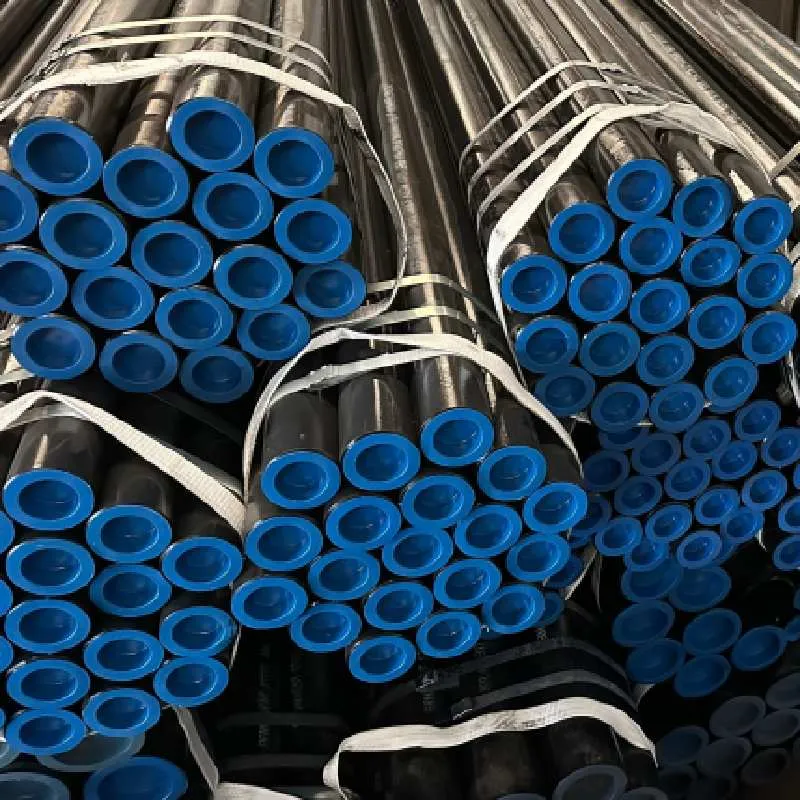-
Cangzhou Yulong Steel Co., Ltd.
-
Phone:
+86 13303177267 -
Email:
admin@ylsteelfittings.com
- English
- Arabic
- Italian
- Spanish
- Portuguese
- German
- kazakh
- Persian
- Greek
- French
- Russian
- Polish
- Thai
- Indonesian
- Vietnamese
- Zulu
- Korean
- Uzbek
- Hindi
- Serbian
- Malay
- Ukrainian
- Gujarati
- Haitian Creole
- hausa
- hawaiian
- Hebrew
- Miao
- Hungarian
- Icelandic
- igbo
- irish
- Japanese
- Javanese
- Kannada
- Khmer
- Rwandese
- Afrikaans
- Albanian
- Amharic
- Armenian
- Azerbaijani
- Basque
- Belarusian
- Bengali
- Bosnian
- Bulgarian
- Catalan
- Cebuano
- China
- China (Taiwan)
- Corsican
- Croatian
- Czech
- Danish
- Esperanto
- Estonian
- Finnish
- Frisian
- Galician
- Georgian
- Kurdish
- Kyrgyz
- Lao
- Latin
- Latvian
- Lithuanian
- Luxembourgish
- Macedonian
- Malgashi
- Malayalam
- Maltese
- Maori
- Marathi
- Mongolian
- Myanmar
- Nepali
- Norwegian
- Norwegian
- Occitan
- Pashto
- Dutch
- Punjabi
- Romanian
- Samoan
- Scottish Gaelic
- Sesotho
- Shona
- Sindhi
- Sinhala
- Slovak
- Slovenian
- Somali
- Sundanese
- Swahili
- Swedish
- Tagalog
- Tajik
- Tamil
- Tatar
- Telugu
- Turkish
- Turkmen
- Urdu
- Uighur
- Welsh
- Bantu
- Yiddish
- Yoruba

Sep . 15, 2024 17:13 Back to list
ansi 150lbs
Understanding ANSI and the 150 lbs Standard
The American National Standards Institute (ANSI) is a private non-profit organization that oversees the development of voluntary consensus standards for products, services, processes, systems, and personnel across various industries in the United States. One particular standard that often comes into play in manufacturing and engineering is the ANSI 150 lbs standard, which relates to flanges and piping systems in pressure applications.
Understanding ANSI and the 150 lbs Standard
Understanding ANSI 150 lbs standards is crucial for engineers and manufacturers involved in designing and assembling piping systems. These systems are commonly used in industries such as oil and gas, water treatment, and chemical processing, where reliable pressure management is essential for safety and efficiency. The ANSI 150 lbs standard helps ensure that the components used in these systems can withstand the expected operating pressures without failure.
ansi 150lbs

Materials used in the fabrication of ANSI 150 lbs flanges and fittings can vary, with common materials being carbon steel, stainless steel, and sometimes, plastic composites. The choice of material can significantly influence the performance of the flange under different conditions. For instance, while stainless steel may offer better corrosion resistance, carbon steel might be more economical for certain applications.
One crucial aspect of the ANSI 150 lbs standard is its robustness in design. Each flange must meet specific criteria regarding dimensions, tolerances, and pressure ratings, ensuring a tight fit and secure connection. This ensures that the flanges maintain a leak-proof seal, critical in high-pressure systems, thereby preventing potential disasters like leaks or ruptures which can lead to catastrophic failures.
Another important consideration is the bolting used with ANSI 150 lbs flanges. The correct selection of bolts, washers, and nuts is essential as they must also meet the pressure and temperature ratings outlined in the ANSI standards. Proper tightening techniques and torque specifications are vital to ensure that the bolted joints remain secure throughout the lifetime of the piping system.
In conclusion, the ANSI 150 lbs standard plays a significant role in ensuring safety, reliability, and efficacy in various industrial applications. By adhering to these standards, manufacturers and engineers can design piping systems that stand up to demanding operational conditions, minimizing risks and enhancing performance. Understanding these standards is not just a matter of compliance; it is a commitment to quality and safety in engineering practices.
Latest news
-
ANSI 150P SS304 SO FLANGE
NewsFeb.14,2025
-
ASTM A333GR6 STEEL PIPE
NewsJan.20,2025
-
ANSI B16.5 WELDING NECK FLANGE
NewsJan.15,2026
-
ANSI B16.5 SLIP-ON FLANGE
NewsApr.19,2024
-
SABS 1123 FLANGE
NewsJan.15,2025
-
DIN86044 PLATE FLANGE
NewsApr.19,2024
-
DIN2527 BLIND FLANGE
NewsApr.12,2024
-
JIS B2311 Butt-Welding Fittings LR/SR 45°/90° /180°Seamless/Weld
NewsApr.23,2024











